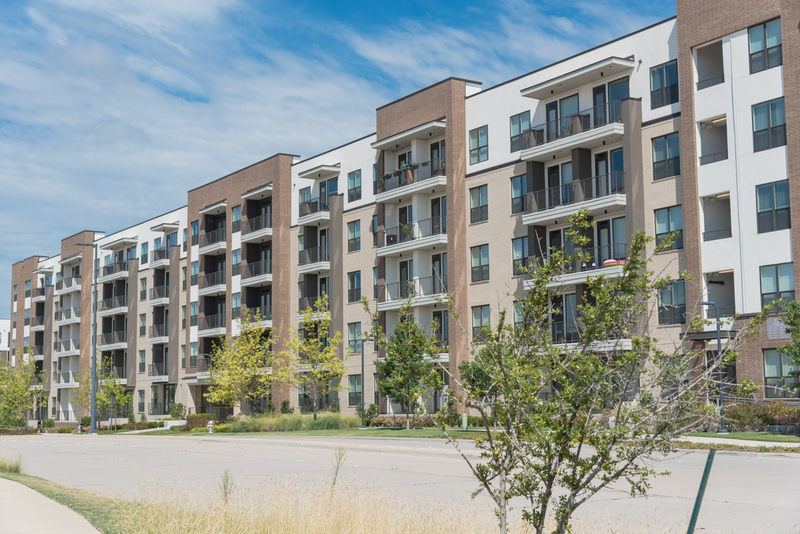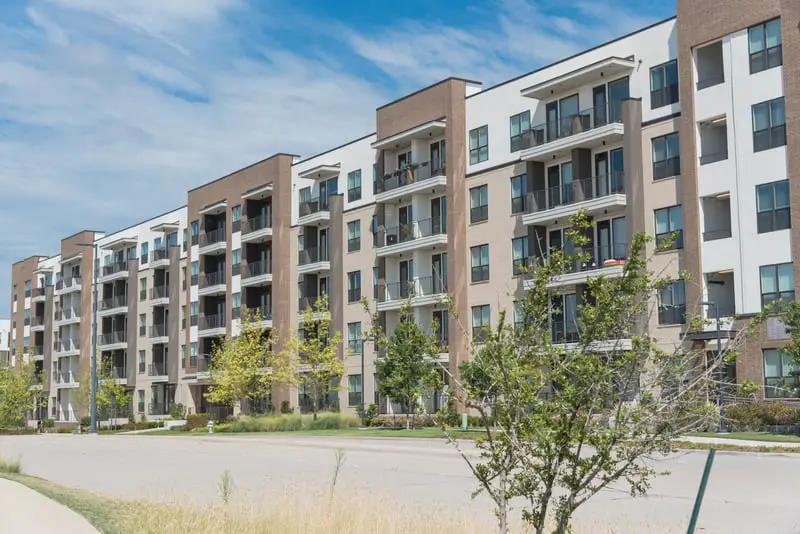
Governor Murphy Faces Criticism Over Contradictory Climate and Housing Policies
TRENTON, NJ—Governor Phil Murphy’s current affordable housing proposal and his stance on global warming are contradictory policies regarding the perceived threat of climate change and his calls for more high-density housing development.
While Murphy has positioned New Jersey as a leader in climate resilience, his plans for extensive high-density housing development have raised concerns about deforestation, increased pollution, and the exacerbation of environmental degradation in the nation’s most densely populated state.
New Jersey is the most densely populated state in America and the governor wants to force towns across the state to build more, larger urban style dense housing projects.
Murphy has been vocal about the urgent need to address climate change, labeling New Jersey as the fastest-warming state in the U.S. His administration has rolled out comprehensive climate initiatives to achieve 100% clean energy by 2050. These measures include transitioning to electric vehicles, promoting zero-carbon emission heating and cooling systems, and enhancing flood resilience in coastal communities. The state’s Climate Change Resilience Strategy emphasizes building resilient communities, strengthening ecosystems, and promoting coordinated governance.
Opponents say those policies are far-fetched goals that could cause more harm than good in the near future.
However, the Governor’s housing policy has sparked significant controversy. The plan to develop hundreds of thousands of new high-density apartment buildings, townhomes, and condos necessitates clearing thousands of acres of forested land. Critics argue this is a glaring contradiction to his climate advocacy. The development is expected to lead to more impervious surfaces, increased traffic, and higher pollution levels, directly undermining the state’s climate goals.

Most towns in New Jersey don’t want this forced overdevelopment, a remnant of the COAH affordable housing mandates of decades past. New Jersey forces towns to build bigger and cram high density housing into non-conforming rural areas, transforming them into urban landscapes depleting New Jersey of natural resources and animal habitats.
Environmental advocates and local communities have voiced their concerns. The expansion of housing will inevitably lead to increased carbon emissions from construction activities and more vehicles on the roads. The loss of forested areas will diminish natural carbon sinks, further exacerbating climate change. The increased demand for energy and waste generation presents additional environmental challenges. Critics argue that these developments are short-sighted and fail to consider long-term environmental impacts.
His policies cancel each other out. In fact, his state-mandated urban sprawl is doing more damage to New Jersey’s climate and environment than his far-fetched gasoline car ban and offshore wind project could ever hope to repair.

Governor Murphy’s administration defends the housing policy, citing the need to address the state’s housing shortage and support economic growth. Officials argue that high-density housing can be designed sustainably, and urban areas can accommodate more residents without compromising environmental goals. They emphasize that strategic planning and green building practices can mitigate some negative impacts. However, these assurances have done little to alleviate the concerns of environmentalists who remain skeptical about the feasibility and sincerity of these claims.
However, neither of those initiatives will stop putting more cars on the roads, building more parking lots and blacktop surfaces and cutting down trees. Not to mention the increase in landfill use, sewage, electricity demands, and the growth of support infrastructure to make it all work.
The contradiction between promoting climate resilience and facilitating extensive urban sprawl highlights the complexity of balancing development and environmental protection. Environmental groups argue that the scale of the proposed development will have a substantial ecological footprint, regardless of any sustainable practices implemented. They emphasize that Murphy’s policies are sending mixed signals, undermining the credibility of his climate agenda.
The increased demand for infrastructure to support the new housing developments will further strain New Jersey’s natural resources. More roads, schools, and utilities will be required, leading to additional environmental degradation and resource consumption. Critics argue that the administration’s approach lacks a coherent strategy to reconcile these competing priorities, instead opting for policies that offer short-term economic gains at the expense of long-term sustainability.

Governor Murphy’s dual focus on advancing clean energy and expanding housing infrastructure has placed him in a precarious position. While his climate initiatives have been praised for their ambition, the housing policy has drawn criticism for its potential to undo much of the progress made in reducing carbon emissions and protecting natural resources. As the state moves forward, it will need to address these contradictions head-on, finding a balance that supports both environmental sustainability and economic growth.

